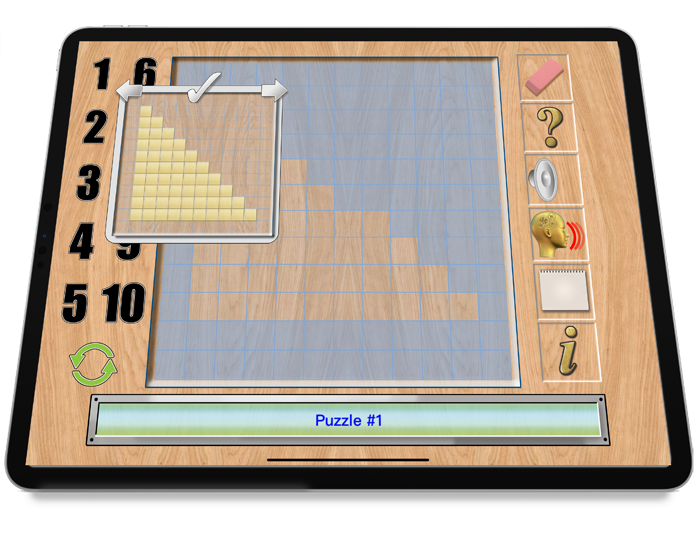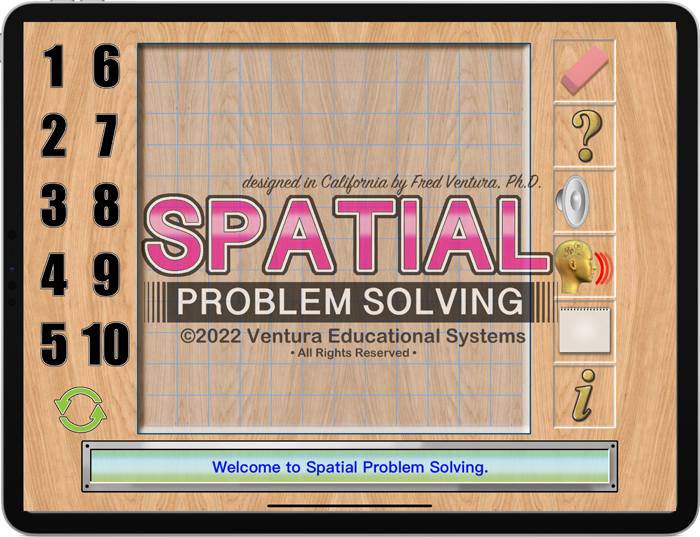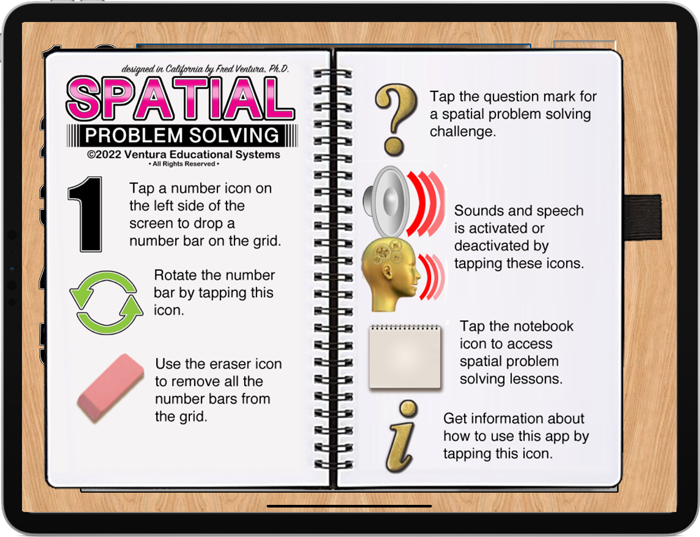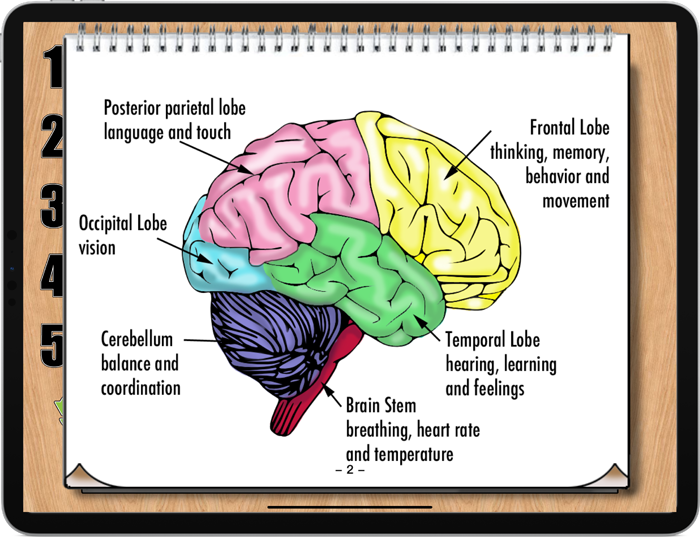Check out our new Reading Series Series for Elementary age Students! |
This app is designed to assist in the development of spatial reasoning skills. Educational researchers have found that the elementary curriculum is strengthened when teachers make more of a conscious effort to include spatial reasoning challenges as classroom activities. Other areas of the brain are more critical in processing verbal information. Logical and sequential processing have been found to be more often associated with the left hemisphere of the brain but research on hemisphericity of the brain is evolving and this concept is debated by neuroscientists. Less controversial is the notion that the traditional curriculum emphasizes verbal and computational skills much more than spatial reasoning. This app provides an open area for exploration. Students can invent their own space filling activities using the number bars to create shapes. Similar space filling projects can be provided using tangrams. The main purpose of this type of activity is to visualize the size and rotation of the shapes that are required to cover an open area. Unlike tangram puzzles, all of the pieces here are based on one or more squares. The shapes represent the numbers from 1 to 10. The app also provides a set of challenges. These are accessed by tapping the question mark icon. The object for each challenge is to cover the open areas in the puzzle with number bars. In most cases there are several ways to solve it. Puzzles can be automatically checked for accuracy by tapping the check icon on the puzzle selector screen. Spatial reasoning is an ability that some find easier than others but through practice these skills can be improved. We hope this app is a tool that provides practice. Essentially spatial reasoning is the ability to visualize and manipulate objects and shapes in one's head. Everyday tasks involve spatial reasoning and educational researchers have shown that it is required for success in learning mathematics. Understanding the location and dimensions of an object and how various objects are related is a critical component of spatial thinking. Students who are good at spatial reasoning tend to do better in the standard mathematics curriculum, especially geometry. Using MRI tools to study brain activity researchers have found that the same areas of the brain that are involved in spatial reasoning are also used when doing mathematics. There is evidence that suggests that learning activities that involve spatial training may also improve skills in mathematics. Think about how do you know how to organize objects in your daily life. For example, packing boxes of various sizes in a cupboard. Should you put the big ones in front of the smaller ones? How do you use a map to find your destination. Many common tasks involve spatial reasoning."; People use spatial reasoning skills hundreds of times each day, often times without really thinking about it or being aware that they are doing it."; Length and size are key components of spatial perception. The shapes used in this app are all based on squares. The squares are linked and can represent the numbers from 1 to 10. All the pieces are the same color. Another component of spatial reasoning is visualizing transformations, or when an object slid, flipped or rotated. Formally in geometry, the term translation refers to moving an object up, down right or left. Flipping an object is referred to as a reflection. Turning an object is a rotation. Teachers should verbalize these terms when introducing students to the app. To solve the puzzles students will need to use translation and rotation. Mental rotation refers to the ability to visualize an object rotated without physically rotating it. Look at an imagine object in your setting. Can you imagine it rotated 45° or 90°? "; Another component of spatial reasoning is disembedding. Can you separate one object or shape from a more complicated one? Spatial scaling is the mental ability to visualize objects represented at different sizes. A good example of this skill is reading a map. A map is essentially a scaled down representation of an existing set of real features such as roads and building. Navigation skills are critical for moving around our environment. To navigate It is necessary to understand how buildings and roads are related and to imagine what these features will look like from different perspectives. So obviously spatial reasoning is an important life skill, and it also turns out to be a critical part of what is needed for success in school. [ See also Math Bingo K-6 ] |
Special features make using Spatial Problem Solving fun: 1. Slide number bars to solving problems. 2. Turn sound effects on or off. 3. Available for iPad.
|
 |
$0.99 |



